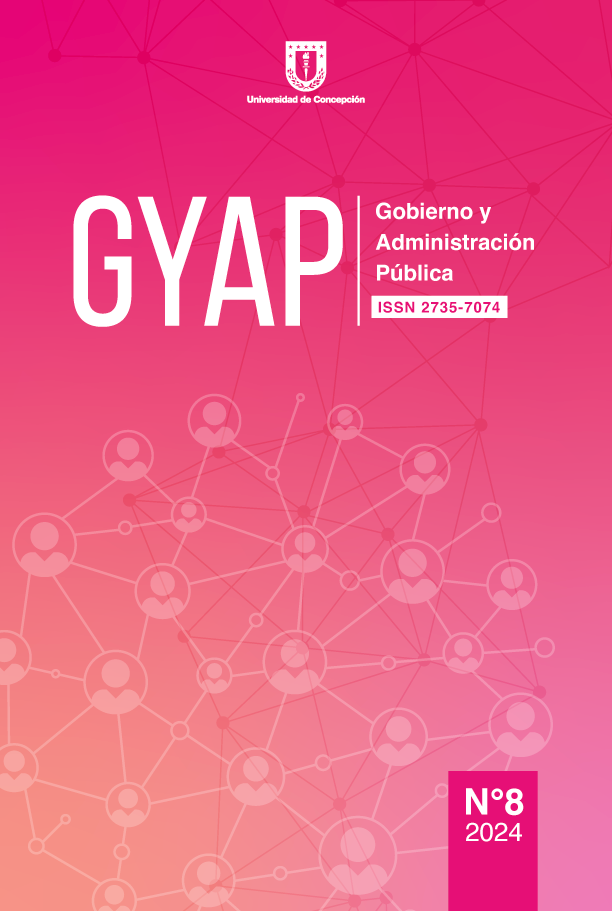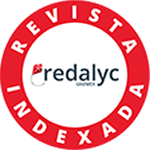Governance model for disruptive events at the University of Costa Rica
DOI:
https://doi.org/10.29393/GP8-3GEAJ30003Keywords:
Continuity of services, risk management, governance, Costa RicaAbstract
This article addresses the importance of governance in the face of disruptive events at the University of Costa Rica (UCR) based on the proposal of that was created based on the results of a research project carried out in 2023 at all institutional campuses and sites. Therefore, the objective of the research was to propose a system of government and governance for the UCR to face the impacts of adverse or disruptive events in a coherent and articulated manner, both at its sites and campuses as well as with the National Risk Management System. This was a qualitative and exploratory research, using a non-probabilistic approach by convenience, as data collection instruments. Focus groups with the advisory councils, semi-structured interviews and document review were used as data collection instruments. Through the application of these data collection instruments, it was possible to identify that there is a centralist institutional vision for the attention of disruptive events, which means that the UCR campuses and sites depend on the decisions made at the level of higher university authorities, leaving aside the authority at the local level. There were also evidence of difficulties in the flow of information among the authorities at the central headquarters and the campus and sites where the situation is occurring, which interferes negatively in the management of the crisis by local authorities. It is concluded that the implementation of guidelines for dealing with disruptive events not only strengthens institutional resilience in the face of risk situations, but also seeks to ensure the continuity of the essential services provided by the institution.
Downloads
References
Asamblea Legislativa. (1978). Ley General de la Administración Pública N.º 6227. https://www.archivonacional.go.cr/web/normativa/ley6227.pdf.
Asamblea Legislativa. (2005). Ley Nacional de Emergencias y Prevención del Riesgo Nº 8488. Sistema Costarricense de Información Jurídica. http://www.pgrweb.go.cr/scij/Busqueda/Normativa/Normas/nrm_texto_completo.aspx?nValor1=1&nValor2=56178.
Consejo Universitario. (1988). Sesión extraordinaria 35-134, Artículo 1. Universidad de Costa Rica.
Consejo Universitario. (2001). Sesión 4636. Universidad de Costa Rica.
Consejo Universitario. (2019). Reglamento organización y funcionamiento de la gestión del riesgo de desastres y atención de emergencias en la Universidad de Costa Rica. Universidad de Costa Rica, Gaceta Universitaria 18-2019.
Consejo Universitario. (2023). Estatuto Orgánico de la Universidad de Costa Rica.
Hernández, R., Fernández, C. & Baptista, M. (2014). Metodología de la investigación. Mc Graw Hill.
INTECO. (2022). INTE G130:2022/Cor 1:2023. Sistemas de Gestión de Continuidad de Servicios para organizaciones públicas y sin fines de lucro- Requisitos y orientación para su uso.
Universidad de Costa Rica. (2024). Gaceta Universitaria. Resolución de Rectoría R-104-2024.
Vicerrectoría de Administración. (2024). Gestión del Riesgo de Desastres en la Universidad de Costa Rica. https://vra.ucr.ac.cr/wp-content/uploads/2024/02/Antecedentes-Gestion-del-riesgo-en-la-Universidad-de-Costa-Rica.pdf.
Published
How to Cite
Issue
Section
Copyright (c) 2025 Álvaro Montero Sánchez, Kattia Medina Arias, Johnny Rodriguez Gutiérrez

This work is licensed under a Creative Commons Attribution 4.0 International License.










